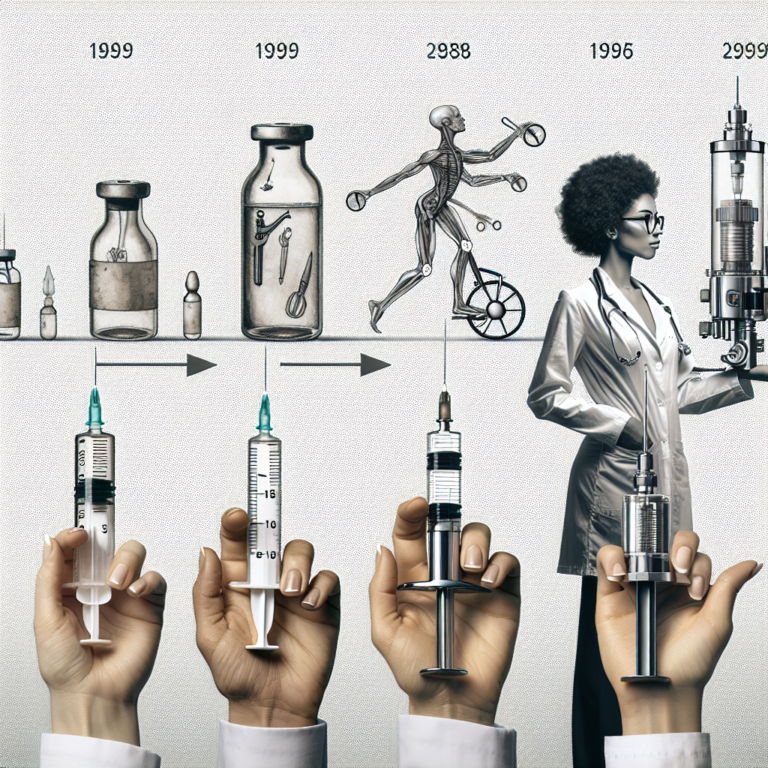Introduction
The field of injection technology has undergone a remarkable transformation since its inception. From humble beginnings characterized by manual tools to the modern automated solutions that now dominate the industry, the evolution of injection tools reflects significant advancements in engineering, technology, and manufacturing processes. This article explores the journey of injection tools, tracing their origins, advancements, and the future of automated systems in this critical domain.
The Early Days: Manual Injection Tools
The concept of injection can be traced back to the late 19th century when manual injection molding tools were first developed. These rudimentary tools relied heavily on human labor and required significant skill to operate. Artisans would heat material, typically rubber or metal, before manually injecting it into molds using hand-operated syringes or plunger devices. While effective for small-scale production and prototyping, these methods were time-consuming and variable, often resulting in inconsistent product quality.
Mid-20th Century: The Rise of Mechanization
As industrialization kicked into high gear in the mid-20th century, the demand for more efficient production methods soared. This prompted the development of more sophisticated mechanical injection tools. Machines began to replace manual processes, allowing for increased precision and speed in injection molding operations. Hydraulic and pneumatic systems were introduced, enabling operators to exert greater force and control over the injection process.
The introduction of programmable controls in the 1960s and 1970s represented a significant milestone, marking the transition from purely mechanical to semi-automated systems. These early computerized tools allowed for more complex operations, including adjustable parameters for pressure, temperature, and injection speed, paving the way for the future of automated production.
The Late 20th Century: Automation and Computerization
The latter part of the 20th century saw the advent of fully automated injection molding machines. With advancements in computer technology and software, manufacturers could now produce high volumes of plastic components with remarkable consistency and efficiency. The integration of robotics for material handling, the use of sensors for real-time monitoring, and sophisticated software for process simulation represented a new era in injection technology.
During this time, industries such as automotive, consumer electronics, and medical devices rapidly adopted automated injection solutions to enhance productivity and reduce production costs. Companies could now manufacture intricate designs with complex geometries, respond quickly to market demands, and maintain stringent quality standards.
The 21st Century: Smart Injection Systems and Industry 4.0
As we entered the 21st century, the injection molding landscape has been transformed by innovations geared towards smart manufacturing and Industry 4.0. The rise of AI, IoT (Internet of Things), and advanced data analytics has given birth to "smart" injection systems capable of self-diagnosing issues, optimizing processes, and predicting maintenance needs.
Contemporary automated injection tools can now connect to the cloud to analyze production data, enabling manufacturers to gain insights into operational efficiencies, waste reduction, and quality control. Machine learning algorithms allow these systems to adapt and optimize parameters in real time, thus minimizing defects and downtime.
Additionally, the growing emphasis on sustainability has led to the development of eco-friendly materials and processes within the injection molding industry. Automated systems that utilize recycled plastics and adopt energy-efficient practices are on the rise, aligning with global sustainability initiatives and consumer demand for greener products.
The Future: Towards Adaptive and Autonomous Systems
Looking ahead, the future of injection tools is poised for exciting advancements. The integration of robotics is expected to become more sophisticated, with autonomous systems capable of performing complex tasks across the injection process, from material preparation to final product inspection.
Furthermore, advancements in additive manufacturing and hybrid processes will likely reshape traditional injection techniques. The ability to quickly produce prototypes or custom components in tandem with conventional injection molding may revolutionize the industry by shortening production cycles and reducing material waste.
Collaborative robots, or cobots, are expected to play a crucial role in optimizing production workflows by working alongside human operators, enhancing safety and productivity. As technology continues to advance, the scope and capabilities of injection tools will expand, leading to faster rounds of innovation and pushing the boundaries of what is possible in manufacturing.
Conclusion
The evolution of injection tools from manual to automated solutions represents a microcosm of technological progress over the past century. Each phase of development has brought about significant improvements in efficiency, quality, and sustainability. As we stand on the brink of further breakthroughs in automation, artificial intelligence, and smart manufacturing, the injection molding industry is poised for continued growth and innovation. Embracing these changes will be crucial for manufacturers seeking to remain competitive in an ever-evolving market.


